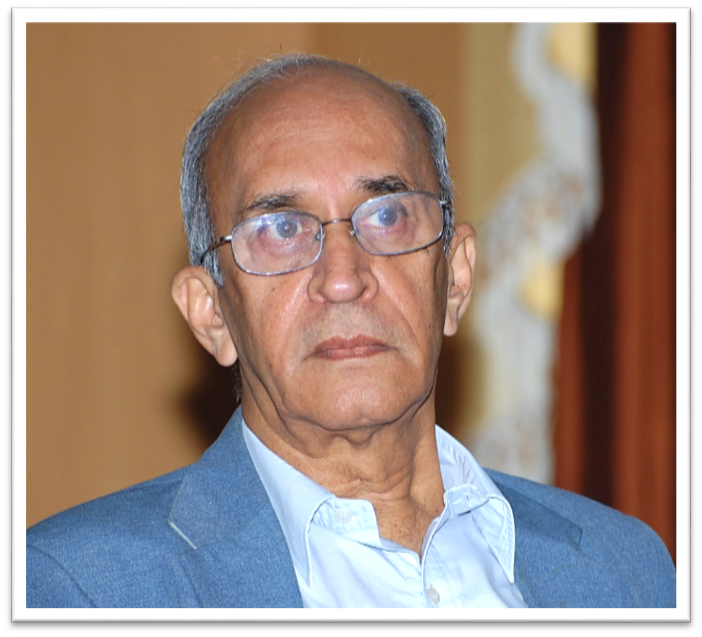Roadmap for KPCL
Karnataka is leading in installed RE capacity among Indian states and has the technical potential for further growth. The state-run power generating company, Karnataka Power Corporation Limited (KPCL), can transition to RE and contribute to the state’s renewable mix. KPCL can also optimize operations of its coal assets by offering generation flexibility through thermal-RE bundling and exploring alternative revenue streams.
A roadmap for Karnataka state power generation companies
Electricity generation companies (GENCOs) are currently in the throes of a transition. There is ample availability of renewable energy (RE), and that too at a price cheaper than that charged by conventional power plants. Therefore, power demand from distribution companies (DISCOMs) is shifting from coal-based thermal power plants to RE power plants.
Magneto-Optical Stark Effect in Fe-Doped CdS Nanocrystals
Fe2+ doping in II-VI semiconductors, due to the absence of energetically accessible multiple spin state configurations, has not given rise to interesting spintronic applications. In this work, we demonstrate for the first time that the interaction of homogeneously doped Fe2+ ions with the host CdS nanocrystal with no clustering is different for the two spin states and produces two magnetically inequivalent excitonic states upon optical perturbation.
Building Resilience in Power Sector
Climate resilience is the ability to anticipate, absorb, accommodate, and recover from the effects of a potentially hazardous event. The benefits of resilient power infrastructure are much greater than the costs, considering growing climate change events. It is estimated that for every dollar invested in climate resilient infrastructure, six dollars can be saved. According to the World Bank, if the actions needed for resilience are delayed by ten years, the cost will almost double.
Policy Matters - April 2021
A monthly newsletter featuring CSTEP commentary, publications, events, and other developments.
Policy Matters - March 2021
A monthly newsletter featuring CSTEP commentary, publications, events, and other developments.
India’s 24 cr school students need to be green-jobs ready. Give them climate literacy
India is one of the few countries where environment education is compulsory at all levels of formal education. The concepts introduced at school are centred on the need to conserve for future generations, halt resource depletion, reduce pollution, and protect wildlife, with very limited focus on the effects of greenhouse gases, impacts of chlorofluorocarbons, and other topics of immediate concern.
Fire and Ice: The Signs of Climate Breakdown
Forest fires are on a rampage in Uttarakhand. Snow on the Tibetean plateau aka the world’s roof, surrounded by Mount Everest and K2, two of the highest mountains in the world, is melting at a rapid rate. The national capital witnessed one of the coldest Novembers recently, with temperature dipping to 10 degree Celsius. Do we need more reasons to realise the world is on the edge of a precipice?
Sad Demise: Dr Rangachari Krishnan, Former Chief Advisor to CSTEP

CSTEP former Chief Advisor Dr Rangachari Krishnan passed away in Bengaluru on 16 April 2021. He was 85. He was associated with CSTEP from 2008 to 2011. He is survived by his wife and children.
Smart Cities in Karnataka: Experiences and the Road Ahead
The Smart Cities Mission was launched in 2015 to enable cities that ensure a decent quality of life. Five years later, it’s time for stocktaking—to see how far we have come, and the experiences and challenges along the way.